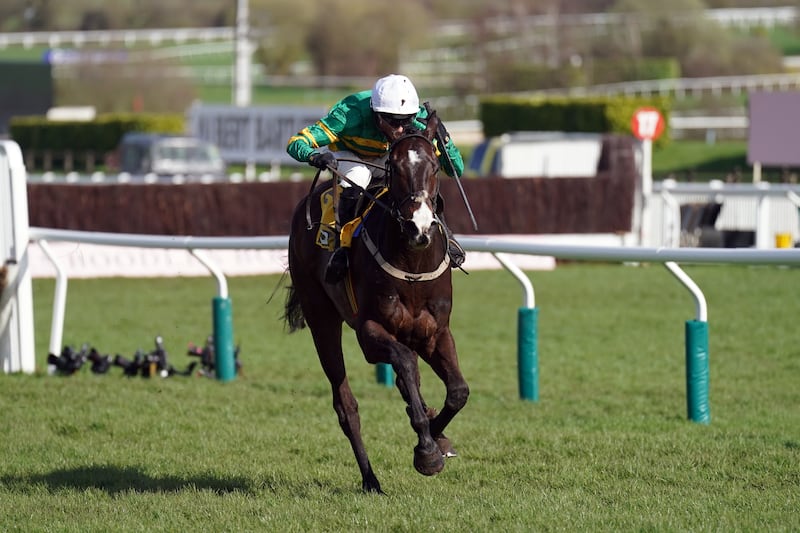As the final four ‘pen portraits’ of 48 young people killed in the 1981 Stardust fire disaster were read into the record at Dublin Coroner’s Court on Thursday, families spoke of their “relief” that this section of the inquests is complete, and that their loved ones “have their identities back”.
“They were not just numbers. They were not just victims. They were a part of loving families. They had dreams and lives to look forward to,” said Fidelma Lawless, whose sister Sandra (18) from Coolock perished in the fire.
Describing the day as “momentous and emotional”, she was there with siblings and other families at the Garden of Remembrance to mark the completion of the “pen portraits” phase of the inquests.
Earlier, the 15-person jury had heard the portraits of Brendan O’Meara (23) from Coolock, John Stout (18) from Coolock, Margaret Thornton (19) from Dublin 1 and Murtagh Kavanagh (27) from Coolock. This brought to a close four weeks during which the families had carried out the “difficult task” in a “very dignified manner”, said coroner Dr Myra Cullinane.
We just need an end to it now, to find out what exactly happened. It has been a weight on me for 42 years
“We have heard from brothers, sisters, parents, children, nieces, nephews and close friends sharing the memories they have of those who died,” she said, “and also sharing the short-term and longer-term effects on themselves and their families. And we see how the grief is carried in the next generation.
“They were truly impressive presentations. There was extreme sadness, of course, but occasional humour, which was equally moving given the loss that has been experienced.
“The presentations brought home to all of us, including members of the jury, the legal teams present, the media and, through the media, the people of Ireland, the impact of the disaster on so many lives. And to see how it affected each family in its own way.
“I think I speak for all of us when I sincerely thank the families for allowing us to participate in their most private and treasured memories.”
Darragh Mackin, lead solicitor representing 44 of the 45 families, said they wanted to express “their sincere appreciation and gratitude” to Dr Cullinane. “They want to thank you for giving them a voice and, more importantly, they want to thank you for giving the victims their identities back.”
Jimmy O’Meara, who penned the portrait of his late brother Brendan (23), could not face reading it, he told The Irish Times. It was read on Thursday by his daughter Suzann, who herself became emotional reading her father’s words.
He had been “dreading” reading the portrait, but felt that it was “very important” it was read. “ “I know I wouldn’t have been able to do it. But my daughter said she would do it ... It was a struggle for her too.”
When asked about his hopes for the inquests, he said: “We just need an end to it now, to find out what exactly happened. It has been a weight on me for 42 years, big-time. But even getting that over today, getting the pen portrait read, that alone is a weight off my shoulders.”
He was “extremely proud” of Suzann, he added. “I couldn’t be more proud of her.”
They were truly impressive presentations. There was extreme sadness, of course, but occasional humour
Antoinette Keegan, who survived the fire but lost her sisters Mary (19) and Martina (16) has since campaigned relentlessly for an adequate investigation. She said the portraits had been a “rollercoaster of emotions – highs and low”.
“It was difficult, but I have to say every single family did a fantastic job,” she said. “It’s a relief. It’s a great day we have gotten this far.”
After they assembled for group photographs, the families heard Fr Joseph Dineen of St. Saviour’s Priory on Dorset Street read out the names of the 48 young people, aged from 16 to 27, who died in the inferno in the early hours of February 14th, 1981. They then observed 48 seconds of silence.
On Tuesday, Dr Cullinane will address the 15-person jury on the work ahead of them.











